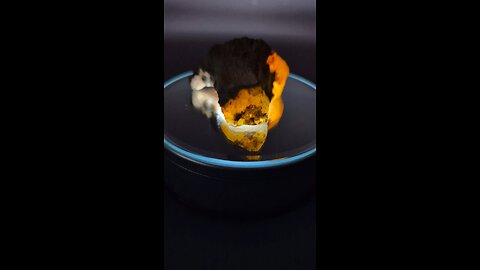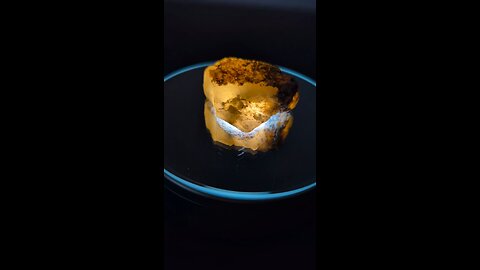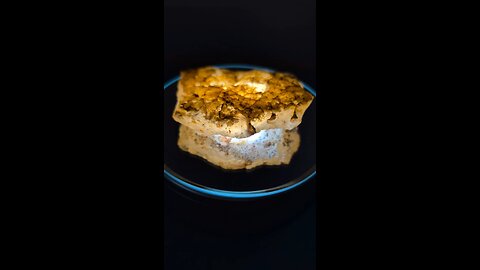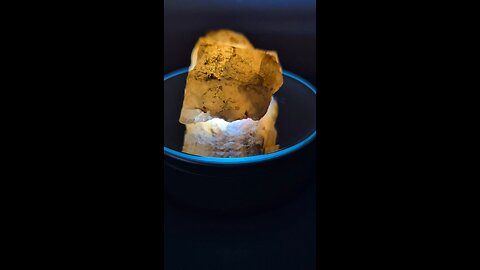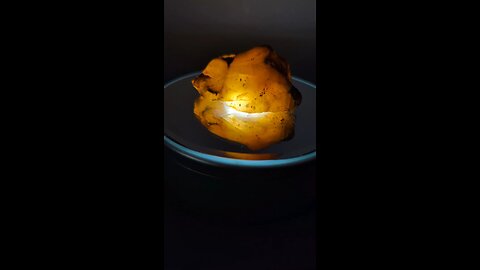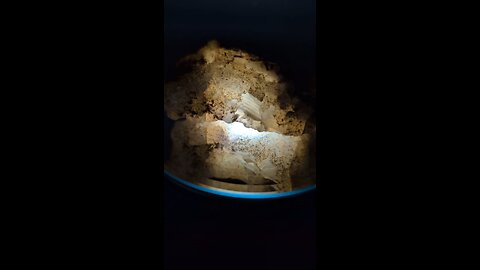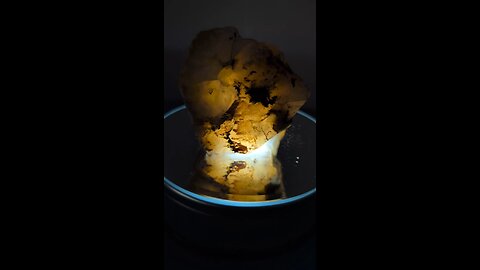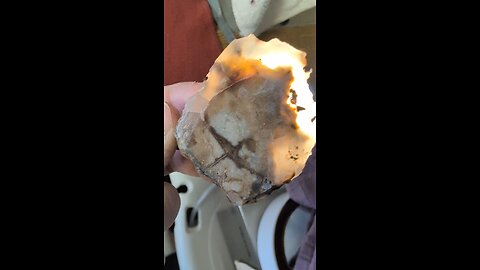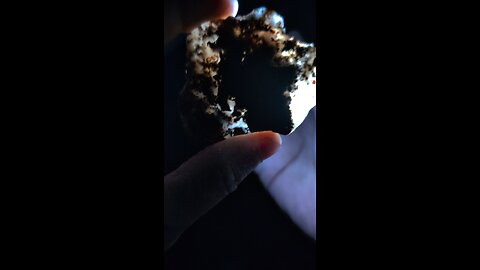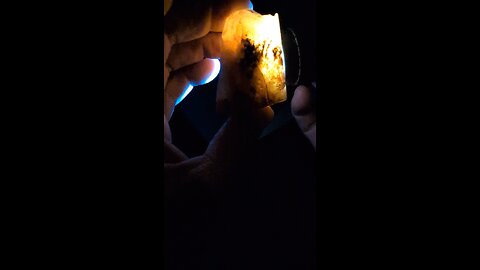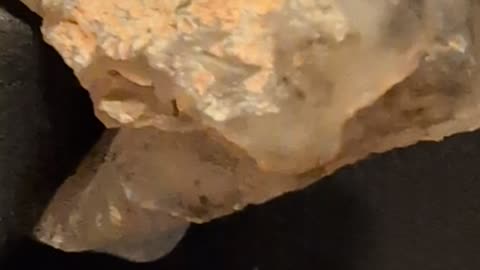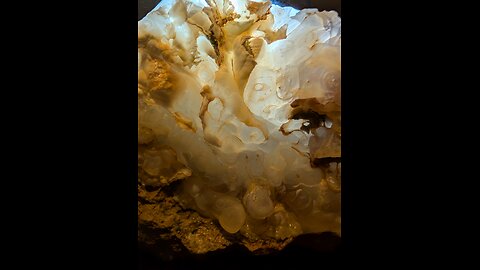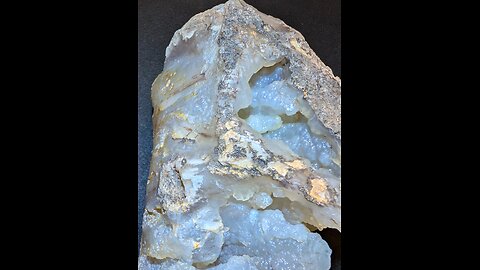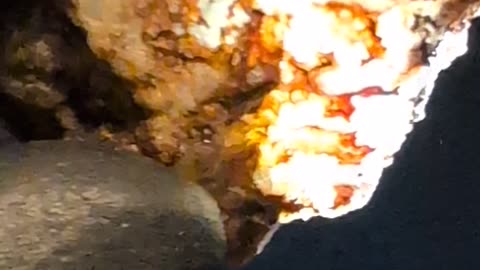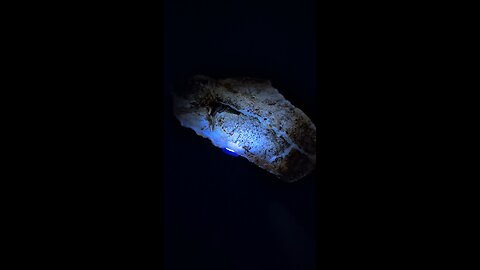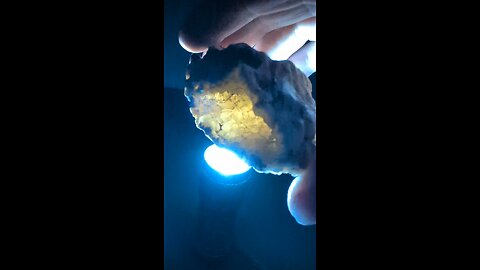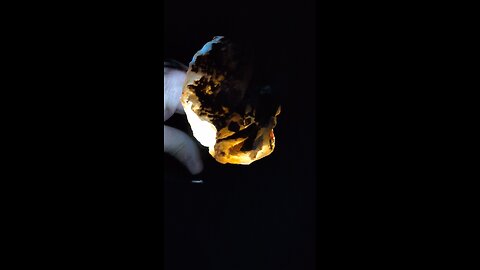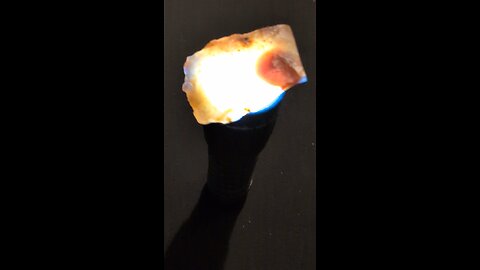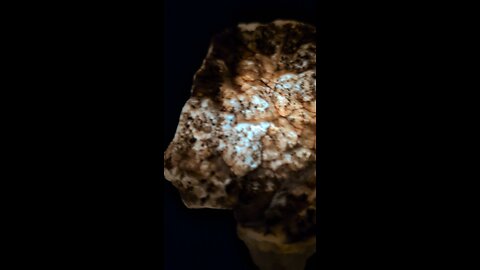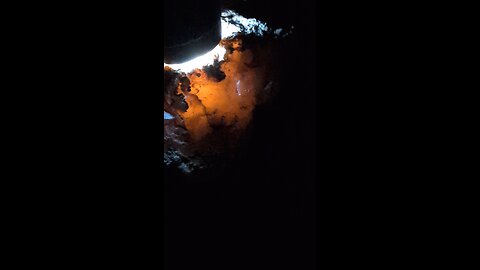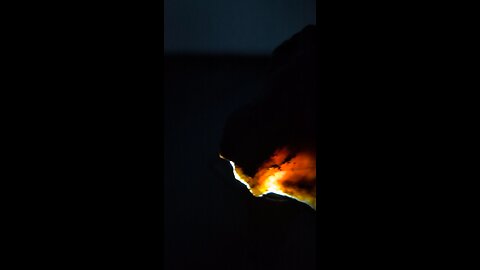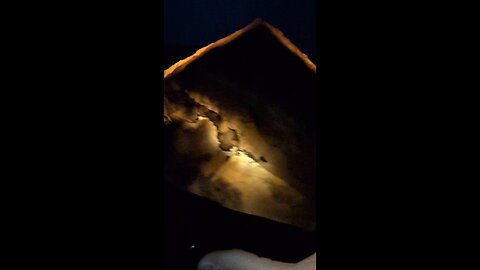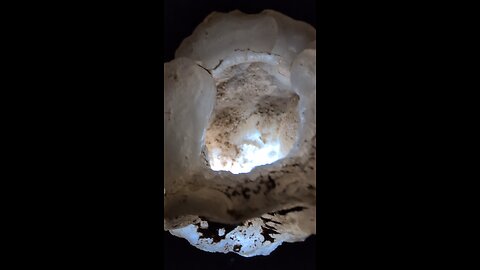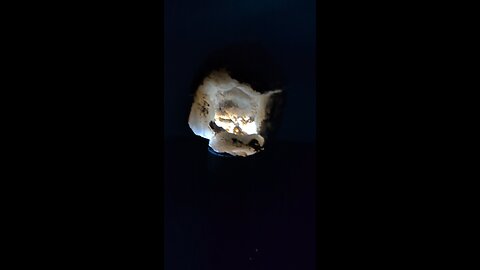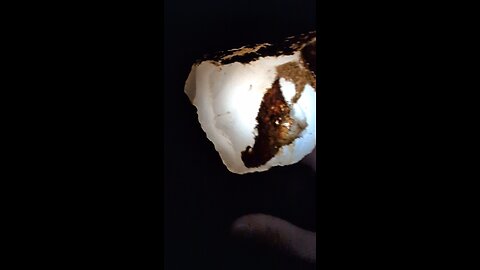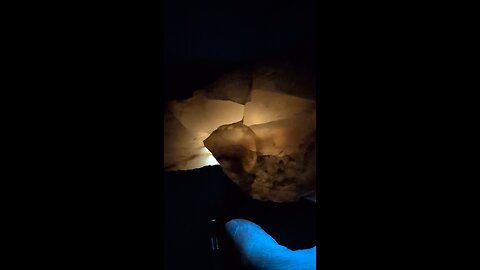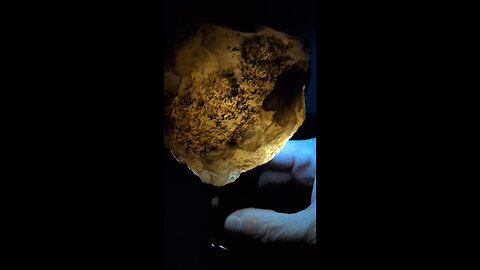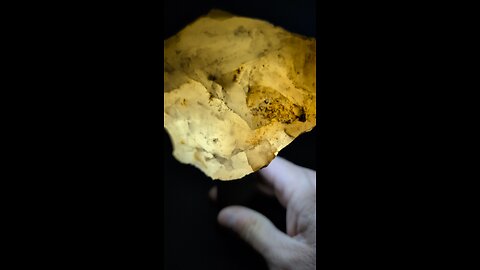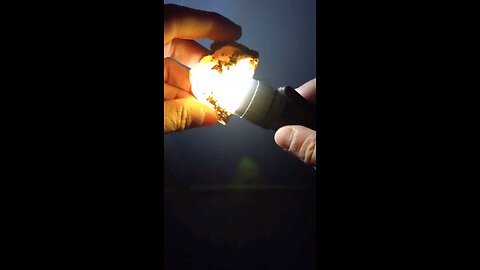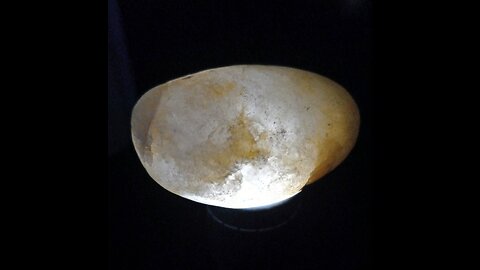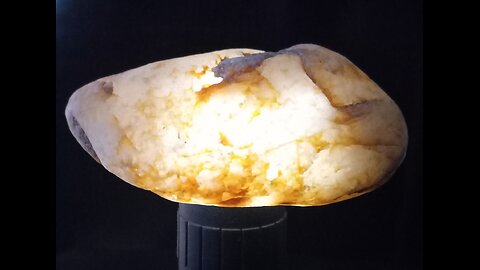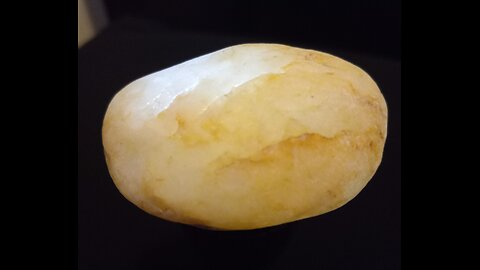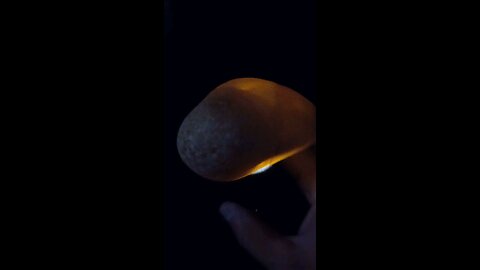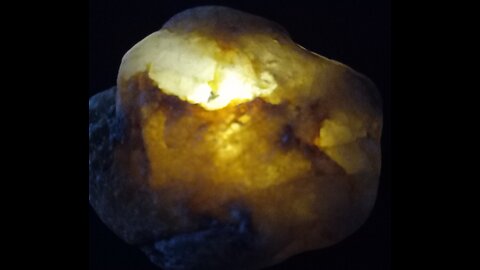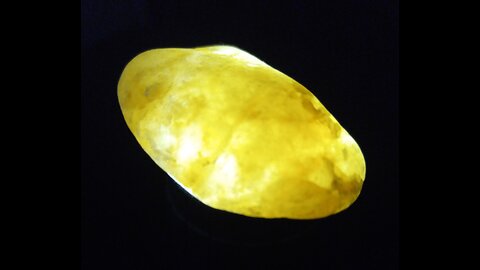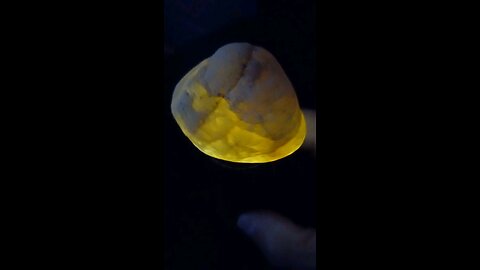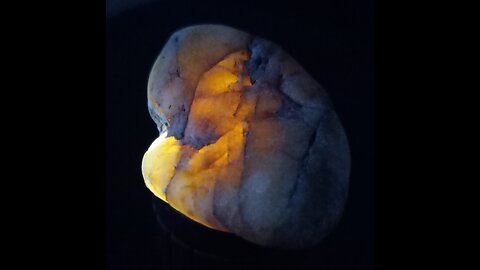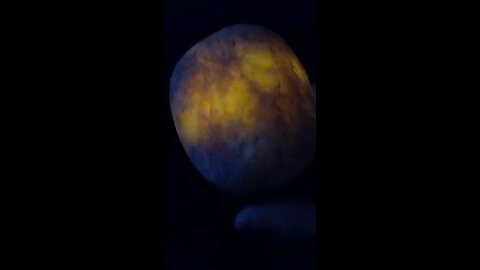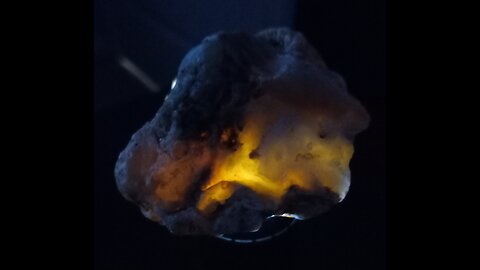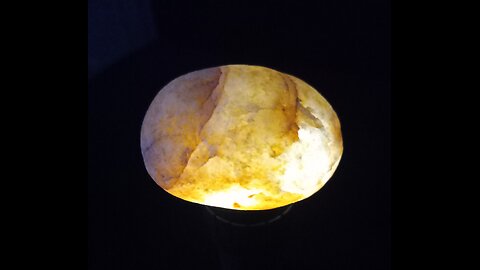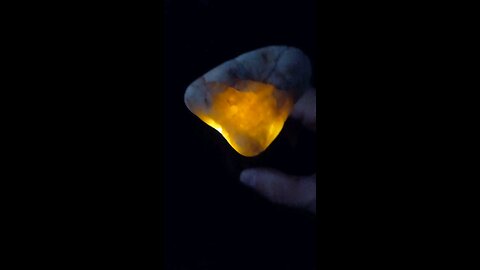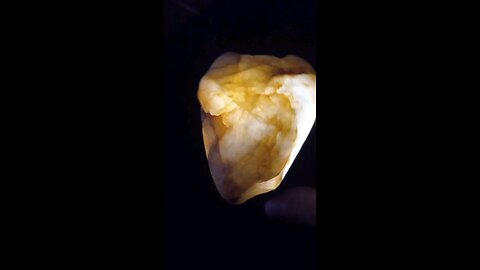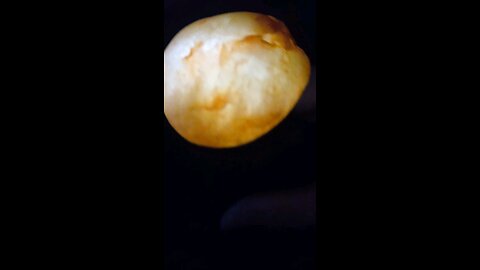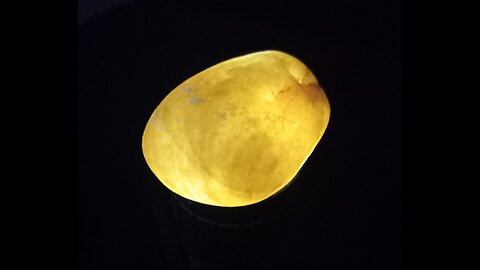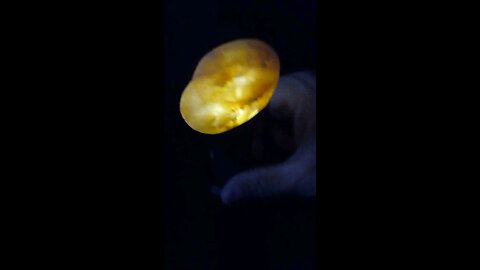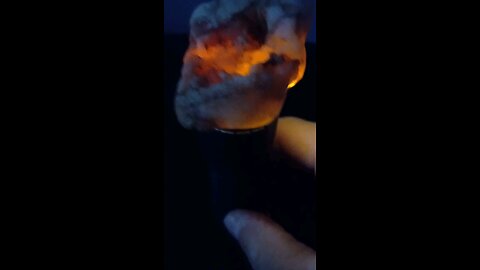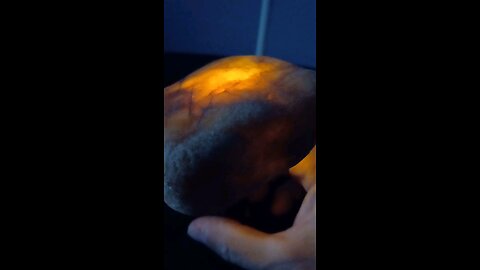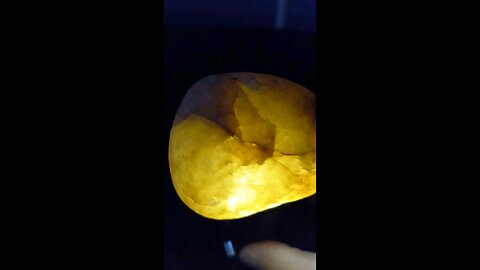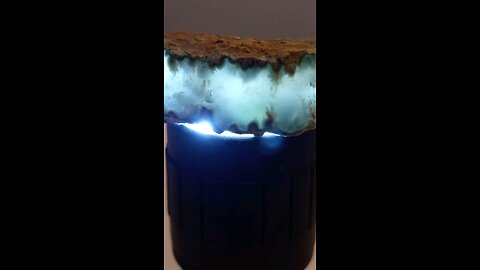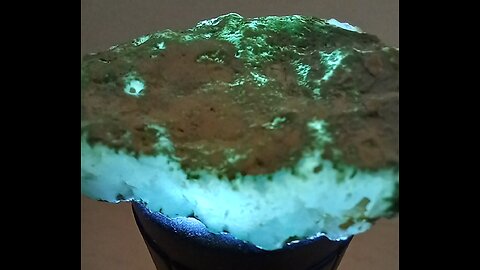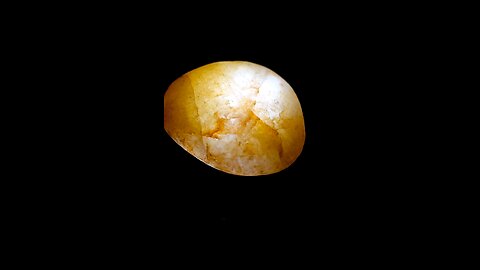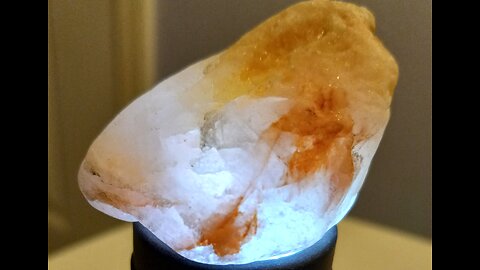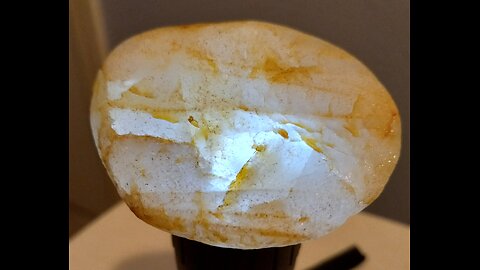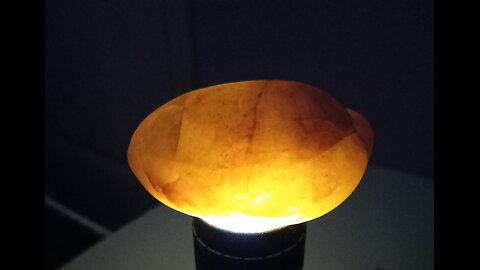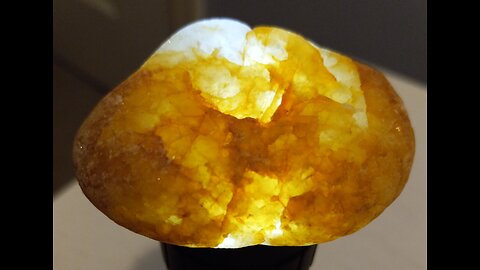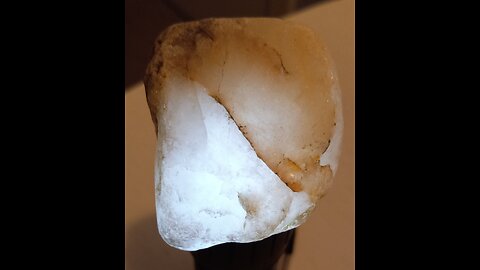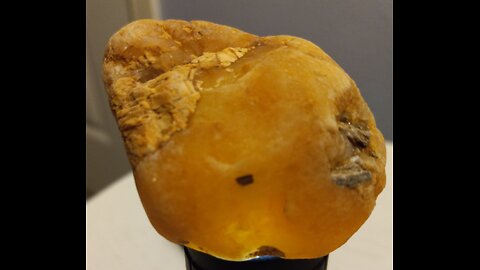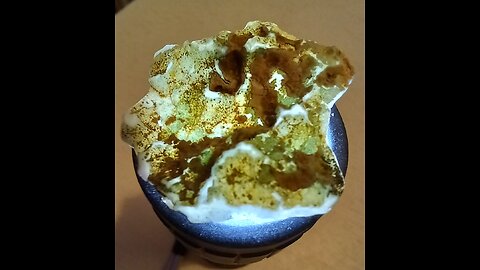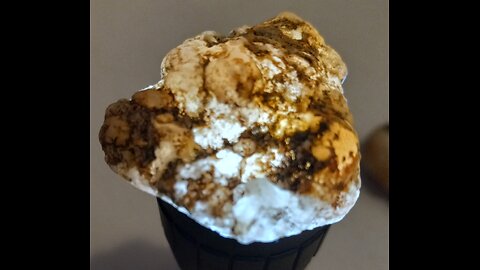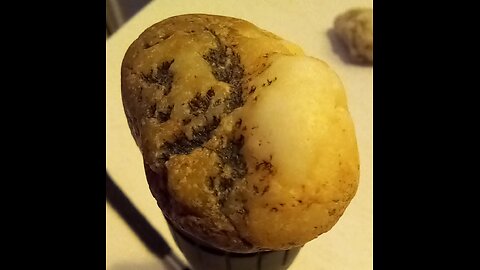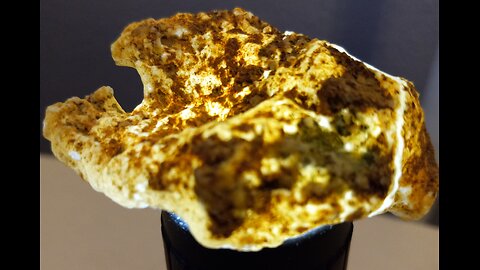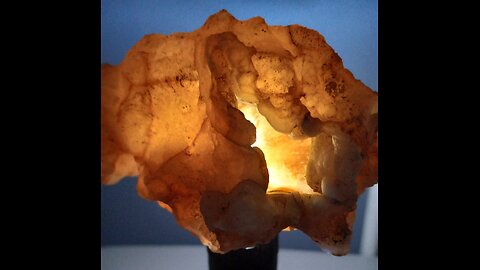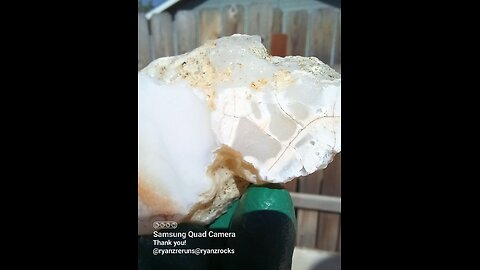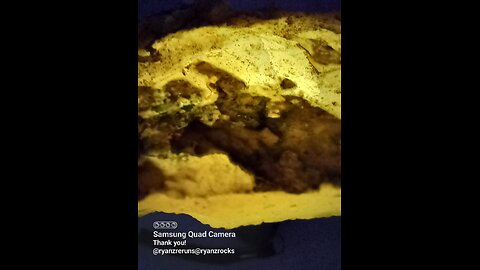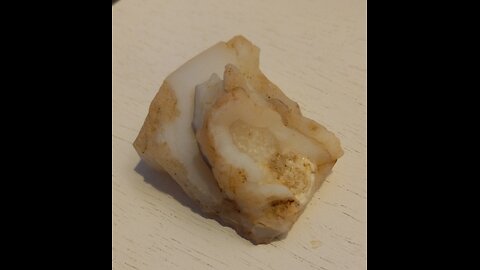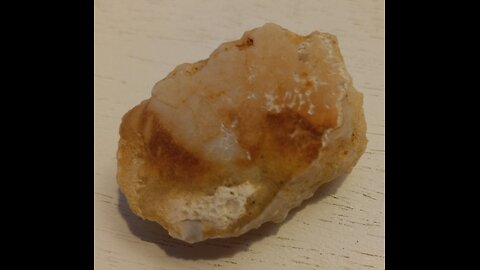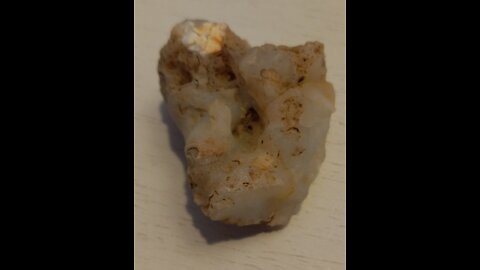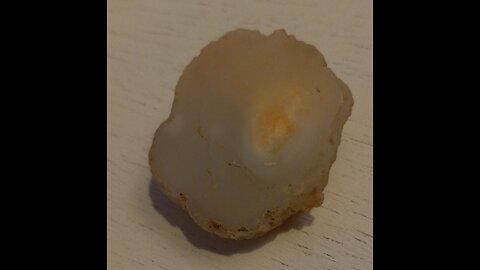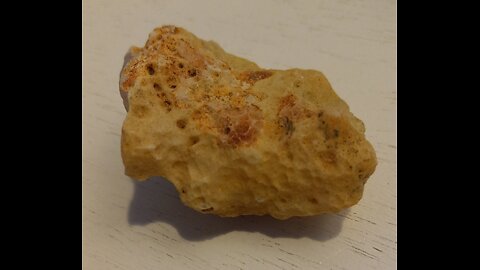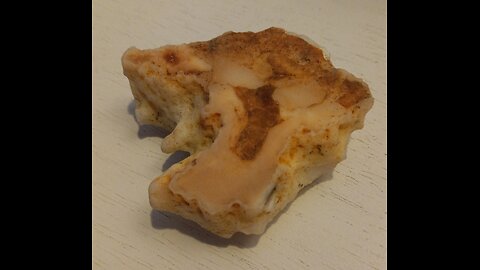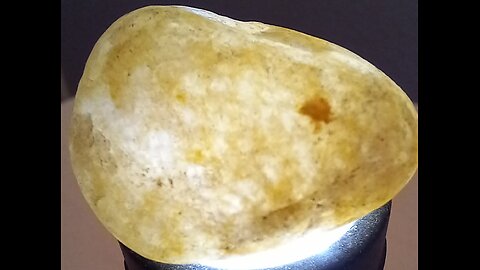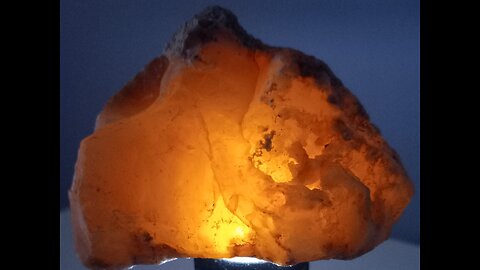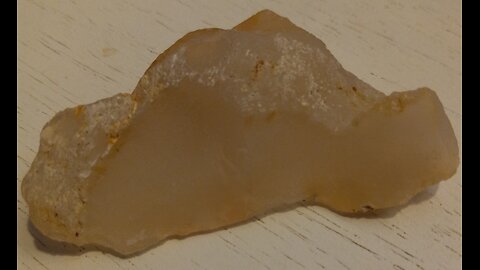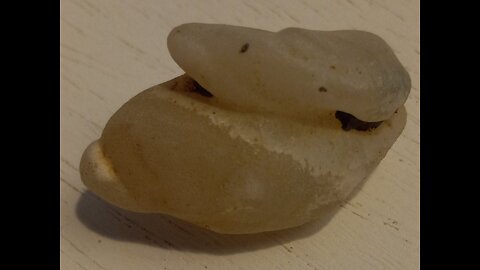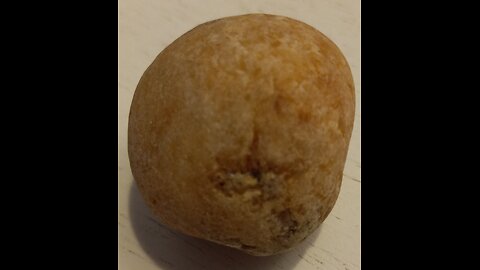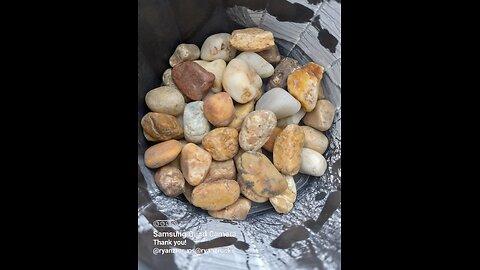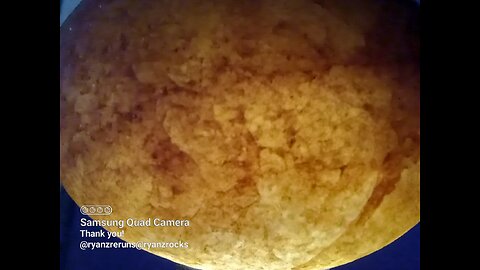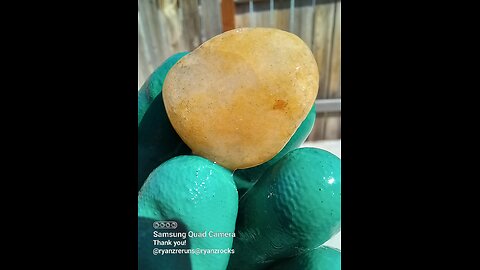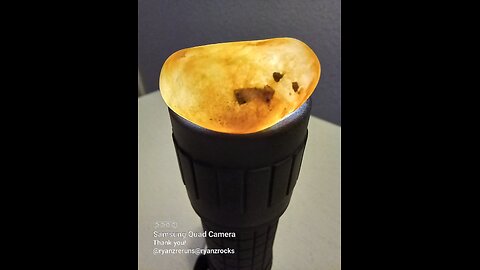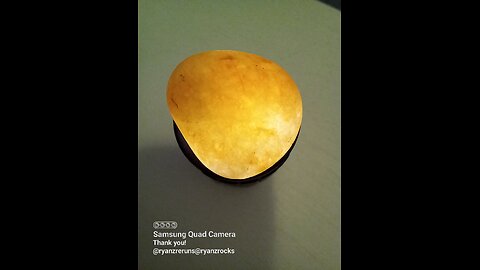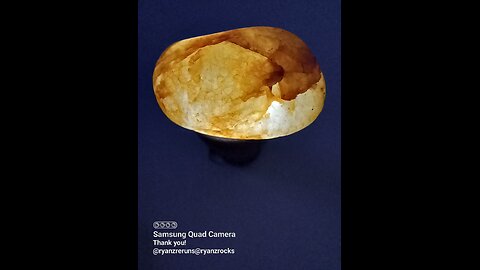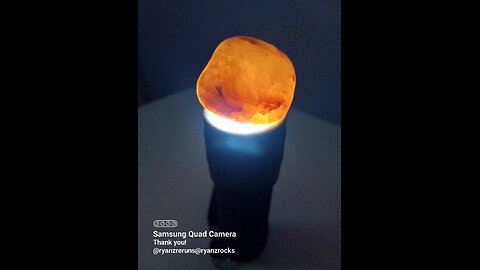Premium Only Content
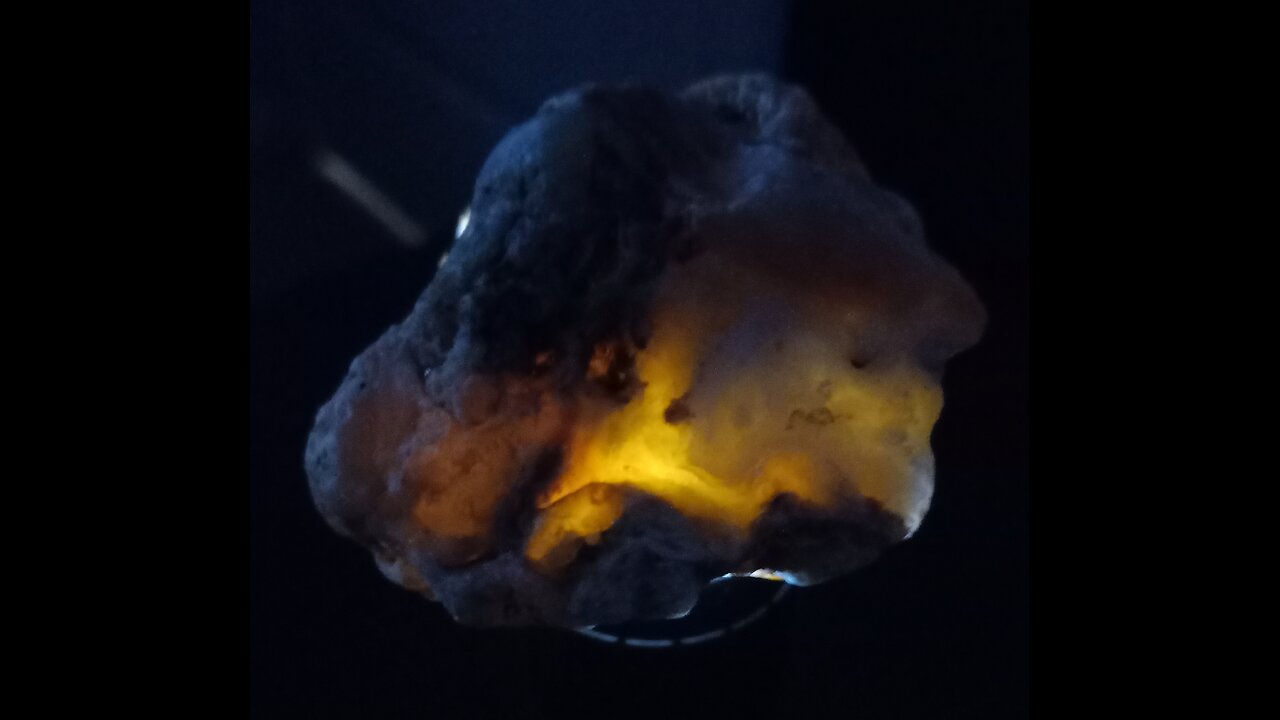
Glow Carnelean!
Glow Plume Nugget!
Glow Plume Slab!
Glowing Plume!
Carnelean Glow!
Agate Glow!
Plume Glow!
Chalcedony glow!
Plume Agate Glow!
Carnelean Glow!
Plume botryoidal chalcedony nugget!
Plume slice!
Botryoidal slice!
Plume flow!
Playing with color!
Botryoidal Glow!
Plume chunk glow!
Red dot glow slice!
Glow plume!
Carnelean Glow!
Jasper glow!
Glow Plume!
Thundercup glow!
Thunderegg glow!
Plume chunk glow!
Slab o' Plume Glow!
Glow chunk!
Plume agate glow!
Beautiful Opal Glow!
Quartz!
Iron Stained Quartz!
Quartz!
Beautiful!
White/Grey Quartz!
Nice!
Mostly Quartz!
Beautiful Quartz!
Quartz Nugget!
Beauty!
Chalcedony?
Purdy!
Chalcedony!
Iron Stained!
Quartz or Chalcedony!?!?
Chalcedony from a Thunderegg!
Quartz +!
Chalcedony!
Rose Quartz!
Yellow Quartz!
Quartz n' Iron!
Beautiful Glow Nodule!
Big ol' Quartzite Glowrock!
Yellow Quartz Glow!
Beautiful Aqua Marine Glow!
Beautiful Aqua Blue/Green Marine!
Pink Quartz!
Beautiful Glow Quartz!
Iron Stained Quartz!
Beautiful Yellow Quartz!
Yellow Agate Nodule!
White Iron Stained Quartz!
White Quartz!
Iron Stained Quartz!
Pretty Yellow Glow Nodule!
Yellow Chalcedony!
White Quartz Shard!
Glow Shard!
Nice Glow!
Half Glow!
Banded Glow!
Bright White!
Glow Blob!
Glow cave!
Chalcedony!
The rock in the image appears to be a type of chalcedony, possibly an agate or a similar variety. Here's why:
1. **Coloration and Banding**: The rock has a predominantly white or light gray color with some yellowish-brown inclusions. This kind of coloration and banding is typical for agates, which are a variety of chalcedony.
2. **Translucency**: Chalcedony, including agate, often has a translucent quality, which seems to be present in parts of this rock.
3. **Texture**: The rock's texture looks somewhat waxy or greasy, which is characteristic of chalcedony due to its fine-grained silica composition.
4. **Inclusions**: The yellowish-brown areas could be iron oxide or other mineral inclusions, which are common in agates and give them their varied colors. However, without specific tests like a hardness test, streak test, or chemical analysis, this identification remains speculative. For a more precise identification: - **Hardness Test**: Chalcedony has a hardness of around 7 on the Mohs scale, meaning it should scratch glass but not be scratched by a knife. - **Streak Test**: The streak of chalcedony (if it could be powdered) would typically be white or colorless. - **Microscopic Analysis**: Looking at thin sections under a microscope could reveal the mineral composition more clearly. - **Consulting a Geologist or Using Spectroscopy**: For a definitive identification, especially if this rock might be of value or scientific interest.
-
 LIVE
LIVE
Viss
21 minutes ago🔴LIVE - Positioning, Tactics, Strategy How To PUBG! - PUBG 101
73 watching -
 LIVE
LIVE
Major League Fishing
7 days agoLIVE! - Fishing Clash Team Series: Challenge Cup - Day 6
148 watching -
 46:02
46:02
Barry Cunningham
16 hours agoWhat Are They Not Telling Us About These Drugs?
4.07K3 -
 LIVE
LIVE
Badlands Media
9 hours agoBadlands Daily: August 29, 2025
3,144 watching -
 39:49
39:49
Randi Hipper
56 minutes agoBITCOIN BULL MARKET ENDING EARLY? PRICE UPDATE
30 -
 LIVE
LIVE
Total Horse Channel
3 hours ago2025 Gypsy Congress Championship Show | Friday
123 watching -
 LIVE
LIVE
Matt Kohrs
9 hours agoMarket Open Chaos: PCE Inflation Report & Payday Friday || Live Trading
718 watching -
 17:35
17:35
itsSeanDaniel
1 hour agoPro-Transgender Doctor HUMILIATED by Genius Conservative
6.91K9 -
 LIVE
LIVE
GritsGG
2 hours agoWin Streaking! Most Wins 3499+ 🧠
39 watching -
 LIVE
LIVE
Wendy Bell Radio
5 hours agoCrime is a 99/1 Issue
7,097 watching
